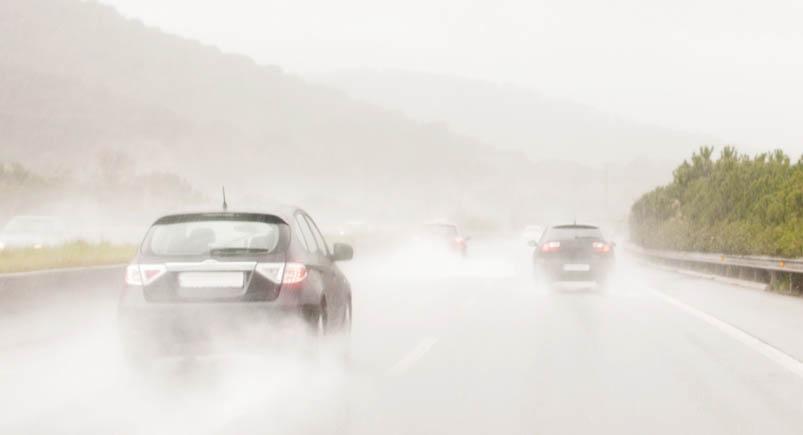
The early signs of spring can be seen in most parts of the U.S., but not in places like Denver, Colorado, where the snowfall is steady, creating treacherous driving conditions for people as they navigate through the mountainous roadways. In recent reports by 9news (Denver’s local news station), a blizzard recently hit the Denver area, leaving all roads incapacitated due to heavy winds and snow. USA Today also reported heavy snow in Northern-Central U.S. regions and severe rainstorms to the South. The bad weather makes life difficult for professionals working in the trucking industry.
Whether there’s a snowstorm freezing roads, or rain flooding them, trucking companies in the U.S. take the biggest hit. Bruce Johnson, Director of Capacity Development at C.H Robinson, says that one of the most important factors for the trucking industry is the weather conditions on the road. Constant road closures and delays cost trucking companies time and money, neither of which they can’t afford to lose.
Smaller trucking companies suffer the most because they are often precariously balancing low budgets, minimal resources, and the persistent threat of losing their employees and customers to bigger companies. Maintaining a fleet of drivers in unpredictable weather is increasingly challenging when mother nature decides not to play along.
Safety is an issue that most trucking companies deal with. Ensuring that each truck driver takes the proper precautions to stay safe could save lives in addition to insurance paid out in the event of an accident. Bruce Johnson says that professional truck drivers should use The American Trucking Association (ATA) as a reference to ensure their safety on the road.
Taking the right procedures for staying safe on the road isn’t just a want, it’s a necessity, especially when sharing the road with other drivers. Here are some helpful tips to keep everyone safe on the roads when the weather isn’t optimal.
Slow down: Driving the speed limit is one way to ensure your safety and the safety of others on the road. Going over the speed limit during a storm could result in a fatality. Don’t rush, do the speed limit!
Don’t follow the tail lights of the vehicle in front: When you’re driving through a snowstorm or in heavy rain, don’t rely on the driver in front of you to be your compass. Back Off! Stay at least a car length from the vehicle in front of you.
Follow good judgment: If the weather is severe and you need to pull over, do it. There’s nothing wrong with finding a place to wait until weather conditions are safe again. Don’t ignore severe weather! It’s always better to be safe than sorry.
Avoid stopping on the shoulder of the road: When there’s little visibility pulling over on the shoulder of the road isn’t the best idea. However, if you must, make sure that when you pull over, the other drivers don’t think that you’re still on the road.
Bad weather can strike at any time, it’s impossible to be 100 percent sure of when a blizzard or rainstorm will hit. Actsoft understands how harrowing running a trucking business can be when foul weather comes into play. The lack of visibility on the road during a bad storm can cause a lot of confusion and frustration in the back office. Actsoft’s Comet Tracker can provide you with the visibility to see your drivers on the road and in the field. With Comet Tracker, you can see traffic on a virtual map, allowing for effective dispatching in the case of bad weather. You can use this technology to redirect your drivers to better and safer routes.
Stay safe on the roads during devastating weather so when the skies clear it’s smooth sailing down the highway.
Have any questions on how Actsoft can help you?
Call (888) 732-6638 or Receive a Live Webinar
















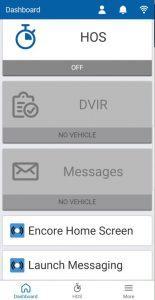
 Encore & Geotab Drive
Encore & Geotab Drive
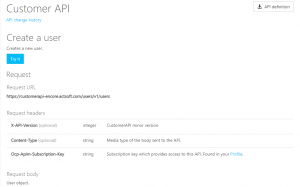
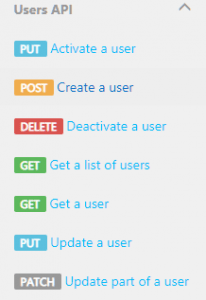

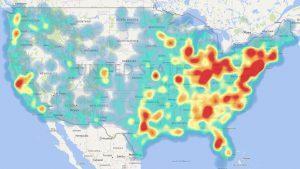
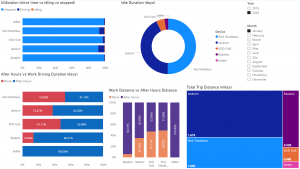
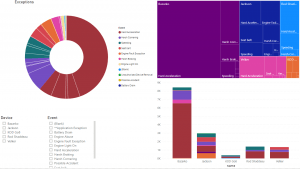
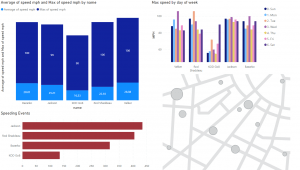

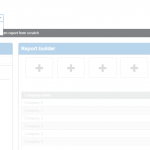
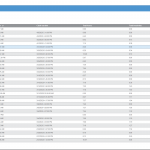
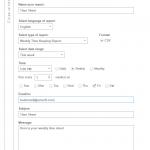


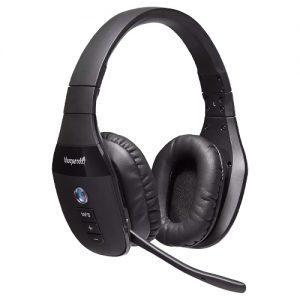
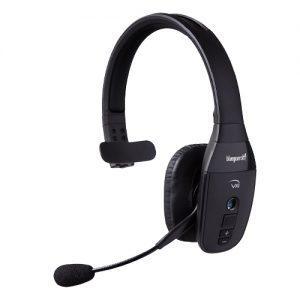
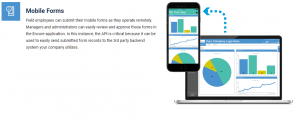
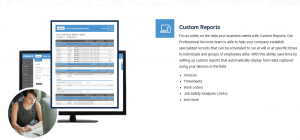
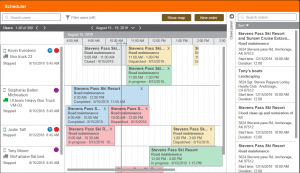
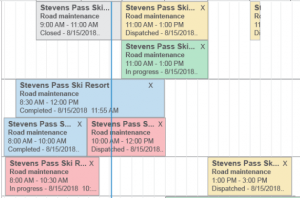
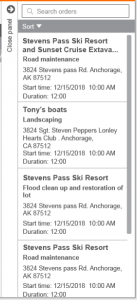
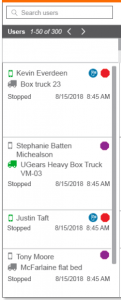
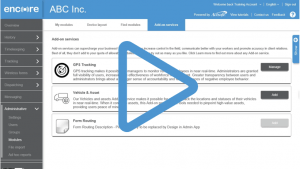
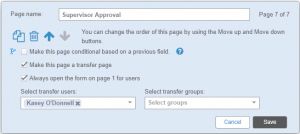
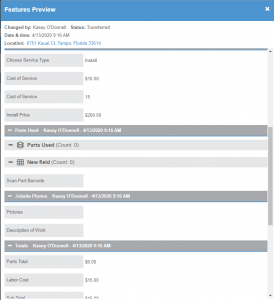
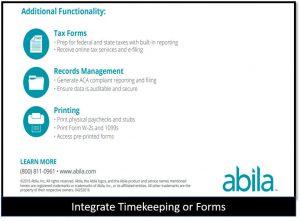
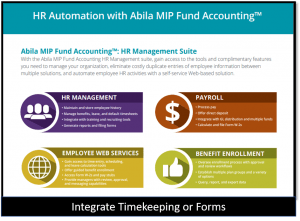

 Gain even greater insight into the daily activities of your fleet using the combination of Geotab and Actsoft. Geotab devices provide detailed data collection and seamless integration with our solutions; learn more about the ways your vehicles are being used daily with the power of this tandem.
Gain even greater insight into the daily activities of your fleet using the combination of Geotab and Actsoft. Geotab devices provide detailed data collection and seamless integration with our solutions; learn more about the ways your vehicles are being used daily with the power of this tandem.



 Actsoft partnered with Odin to provide our solutions overseas, through payment processing integrations. Odin helps us support user management for our software; customers can also purchase our products through Odin’s billing platform.
Actsoft partnered with Odin to provide our solutions overseas, through payment processing integrations. Odin helps us support user management for our software; customers can also purchase our products through Odin’s billing platform.

 VisTracks powers our Electronic Logging Device (ELD) solution, which enables transportation businesses to easily automate their hours of service logs, remain in governmental compliance, and reduce their potential to incur costly fines.
VisTracks powers our Electronic Logging Device (ELD) solution, which enables transportation businesses to easily automate their hours of service logs, remain in governmental compliance, and reduce their potential to incur costly fines. Integration between Actsoft solutions and BeWhere’s software products is available. Take your team’s asset tracking, cellular data connectivity, and field insight a step further with effective, cross-application compatibility.
Integration between Actsoft solutions and BeWhere’s software products is available. Take your team’s asset tracking, cellular data connectivity, and field insight a step further with effective, cross-application compatibility.
 CalAmp tracking devices for vehicles and assets alike are compatible with Actsoft solutions, making it easy for you to efficiently monitor your equipment and fleet cars. Help your team enhance accountability, safety, and savings through a combination of easily installed hardware and intuitive software.
CalAmp tracking devices for vehicles and assets alike are compatible with Actsoft solutions, making it easy for you to efficiently monitor your equipment and fleet cars. Help your team enhance accountability, safety, and savings through a combination of easily installed hardware and intuitive software. Our partnership with Uniden is ideal for companies looking to gain advanced diagnostics on their fleets. Uniden’s extensive product listing of car electronics like radios, dash cams, radar detectors, and in-vehicle communicators work in concert with Actsoft’s solutions to better connect your vehicles to the company headquarters.
Our partnership with Uniden is ideal for companies looking to gain advanced diagnostics on their fleets. Uniden’s extensive product listing of car electronics like radios, dash cams, radar detectors, and in-vehicle communicators work in concert with Actsoft’s solutions to better connect your vehicles to the company headquarters. Kyocera offers a wide range of mobile devices, ranging in design from traditional phones to ultra-durable handset technology. Actsoft is able to equip organizations in a variety of different industries with solutions for improved business, while Kyocera supplies the technology they can flawlessly operate on.
Kyocera offers a wide range of mobile devices, ranging in design from traditional phones to ultra-durable handset technology. Actsoft is able to equip organizations in a variety of different industries with solutions for improved business, while Kyocera supplies the technology they can flawlessly operate on.

 Our software is the perfect complement to Apple’s user-friendly technology. Equip your workforce with the devices and solutions it needs for optimized productivity during daily operations with Apple and Actsoft.
Our software is the perfect complement to Apple’s user-friendly technology. Equip your workforce with the devices and solutions it needs for optimized productivity during daily operations with Apple and Actsoft.
 Actsoft and Sanyo teamed up to merge intuitive business management software with the technology of today. This partnership allows us to provide you with all the tools your team needs for improved workflows, better coordination, and optimized productivity.
Actsoft and Sanyo teamed up to merge intuitive business management software with the technology of today. This partnership allows us to provide you with all the tools your team needs for improved workflows, better coordination, and optimized productivity. Motorola’s mobile technology works in tandem with our solutions to provide extra versatility to your business practices. Coupled with our software’s features, Motorola’s reliable devices make connecting your workforce simpler than ever to do.
Motorola’s mobile technology works in tandem with our solutions to provide extra versatility to your business practices. Coupled with our software’s features, Motorola’s reliable devices make connecting your workforce simpler than ever to do. We’re able to bundle certain solutions of ours (including our Electronic Visit Verification options) with Samsung devices to help your team achieve as much functionality as possible, while keeping rates affordable. Use these combinations for accurate recordkeeping, improved communication, and smarter data collection in the field.
We’re able to bundle certain solutions of ours (including our Electronic Visit Verification options) with Samsung devices to help your team achieve as much functionality as possible, while keeping rates affordable. Use these combinations for accurate recordkeeping, improved communication, and smarter data collection in the field.